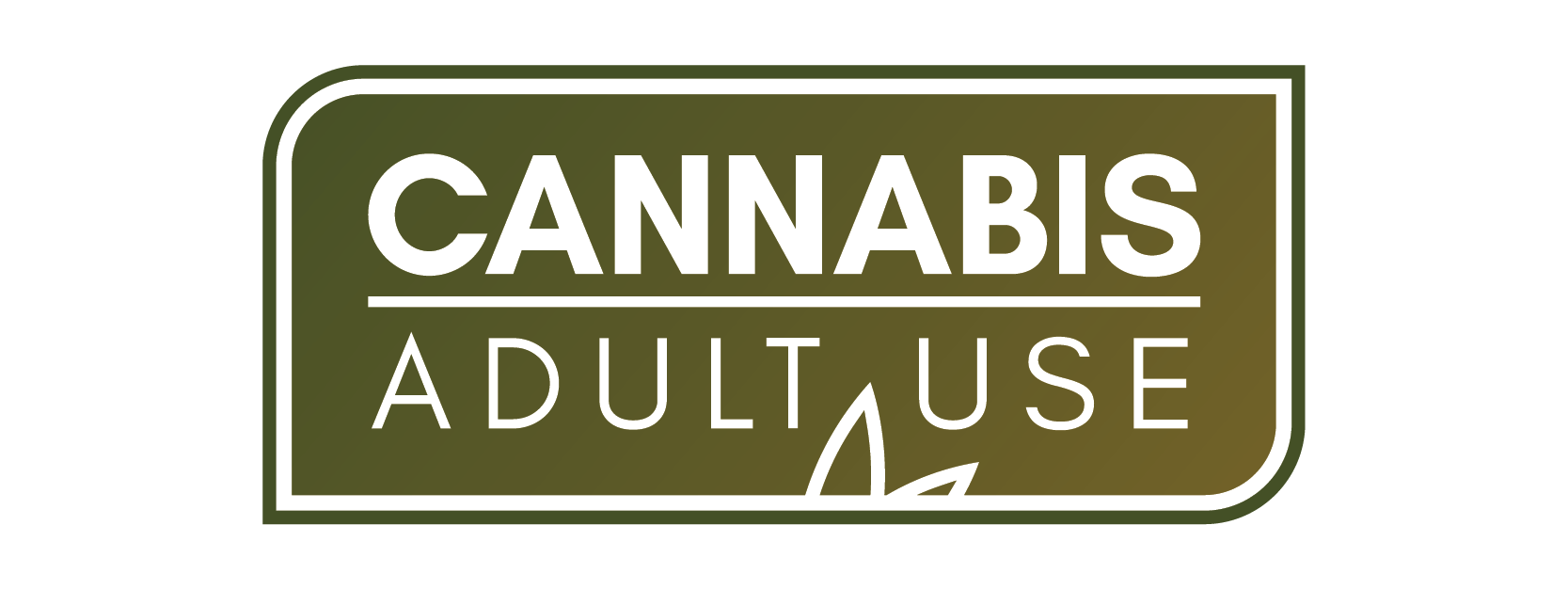As cannabis legalization continues to expand across the United States, so does the conversation surrounding its use. Unfortunately, myths and misconceptions that have persisted for decades still cloud public understanding. With adult-use cannabis now legal in more than half the country, separating fact from fiction is crucial for consumers, policymakers, and the curious alike. Here’s a look at some of the most common myths about recreational cannabis—and the facts that set the record straight.
Myth #1: Cannabis Use Always Leads to Harder Drugs
One of the oldest arguments against cannabis is the “gateway drug” theory, suggesting that using marijuana inevitably leads to harder substances like cocaine or opioids. However, research from the National Institute on Drug Abuse (NIDA) shows there is no direct causal relationship between cannabis use and progression to other drugs. Instead, the likelihood of trying stronger substances depends more on factors such as environment, socioeconomic status, and personal circumstances. Many people who consume cannabis recreationally never progress to other substances—and millions use it responsibly without issue.
Myth #2: All Cannabis Use Leads to Addiction
While cannabis can be habit-forming for some, it is far less addictive than alcohol, nicotine, or opioids. According to the Centers for Disease Control and Prevention (CDC), about 1 in 10 users may develop cannabis use disorder—a rate that increases slightly among those who start young or use daily. This doesn’t mean that every user is at risk. Most adults who use cannabis recreationally do so in moderation, similar to enjoying a glass of wine or craft beer after work. Responsible consumption, education, and understanding one’s limits are key to maintaining a healthy relationship with the plant.
Myth #3: Cannabis Kills Brain Cells
This myth dates back to outdated propaganda from the 1970s, but modern neuroscience has debunked it. Studies published in journals like JAMA Psychiatry have found no evidence that moderate cannabis use destroys brain cells. While excessive or early use (before age 18) may temporarily affect memory or learning, these changes are not permanent in adults. In fact, certain cannabinoids like CBD and THC have been studied for their neuroprotective properties, showing potential benefits for brain health and recovery after injury.
Myth #4: Legalization Increases Teen Use
Opponents of legalization often claim that allowing recreational cannabis will cause an uptick in adolescent use. However, data from the Centers for Disease Control (CDC) and Monitoring the Future survey show the opposite trend. In many legal states—such as Colorado, Oregon, and Washington—teen use has remained stable or even decreased since legalization. This is largely because regulated markets enforce strict ID checks, while black markets do not. Legal cannabis industries, much like alcohol, create a system where access is controlled, reducing underage exposure.
Myth #5: Cannabis Has No Medical Benefits
Despite being recreationally legal, cannabis also carries significant medicinal potential. The National Academies of Sciences, Engineering, and Medicine concluded in a comprehensive review that there is strong evidence supporting cannabis or cannabinoids for chronic pain relief, chemotherapy-induced nausea, and multiple sclerosis–related muscle spasms. Even for recreational users, the line between medical and personal use often blurs—many consume cannabis to manage stress, aid sleep, or reduce anxiety. The wellness benefits of cannabinoids, when used responsibly, are increasingly recognized by both medical professionals and consumers.
Myth #6: Smoking Is the Only Way to Consume Cannabis
Gone are the days when joints and pipes were the only options. Today’s recreational cannabis market offers a wide array of consumption methods to fit every preference. Vaporizers, edibles, beverages, tinctures, and topicals provide smoke-free alternatives that cater to wellness-conscious consumers. This variety also helps users control dosage and tailor their experience—whether it’s microdosing for creativity or unwinding with a low-dose gummy after work. The evolution of cannabis products has transformed consumption into a sophisticated, personalized lifestyle choice.
Myth #7: Legalization Leads to Crime and Chaos
Contrary to sensationalized fears, legalization has not triggered spikes in crime. Studies from The Cato Institute and University of Colorado Denver have shown no correlation between recreational legalization and increased violent or property crime. In some cases, crime rates have even declined, as black-market activity decreases and state regulation ensures safer, traceable products. Meanwhile, cannabis tax revenue continues to fund community projects, education, and public health initiatives, proving that a well-regulated system can benefit society as a whole.
The Takeaway
As recreational cannabis becomes part of mainstream American life, understanding the facts helps promote responsible use and informed decision-making. The plant once vilified by propaganda now stands as a legitimate industry rooted in wellness, science, and consumer empowerment. The myths may persist, but facts—and a growing body of research—continue to illuminate a clearer picture of cannabis in the modern era.
Learn More: How Does Cannabis Affect the Body and Brain?
